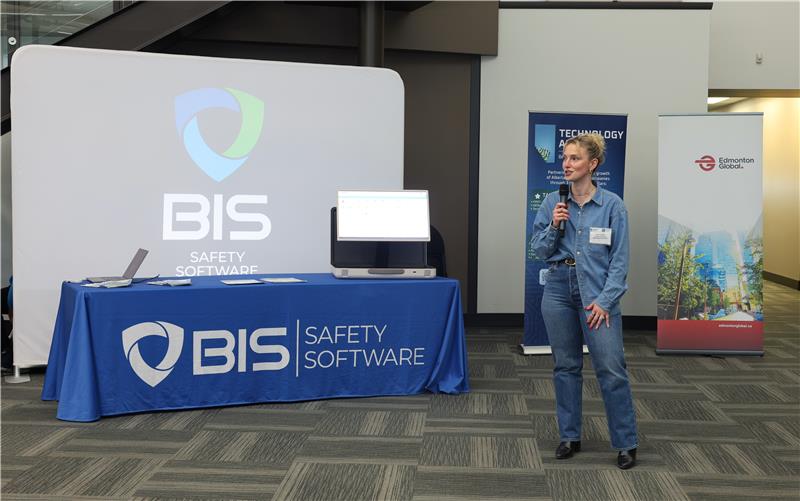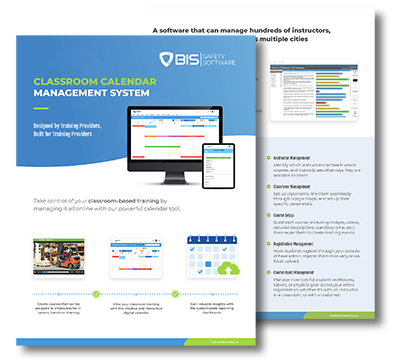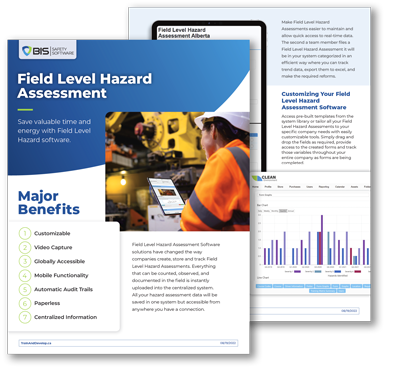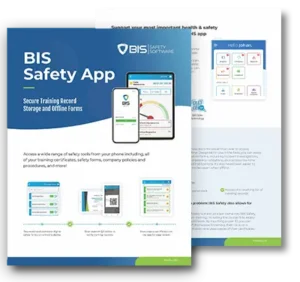BIS Safety Software
Working Alone (Lone Worker)
Working alone safety training teaches risk control, legal compliance, and communication strategies to keep lone workers safe across Canada.

Even experienced workers can find themselves in danger when no one else is around. A small incident can escalate quickly without help nearby. This working alone safety training program gives participants the knowledge and tools to reduce risks and stay safe when working independently.
The course introduces what it means to be a lone worker and reviews the legal duties that apply across Canada. Learners will discover how to identify hazards, conduct thorough risk assessments, and implement effective control strategies. The course also focuses on building reliable communication and check-in systems that ensure workers remain connected and accounted for.
In addition, participants will explore personal safety techniques, emergency procedures, and how to develop a proactive mindset for working alone. By the end of this working alone safety training, learners will understand how to maintain compliance while fostering a safer, more prepared workplace.
- Definition and Identification of Lone Workers
- Canadian Legal Requirements and Responsibilities
- Hazard Recognition and Risk Evaluation
- Control Measures and Risk Management
- Safe Work Policies and Procedures
- Communication and Check-In Systems
- Personal Safety and Emergency Readiness
- Lone Worker Best Practices
Estimated completion time: 45 minutes
An 80% minimum grade is required to pass this working alone safety training. Learners may retake the test up to three times.
After successful completion, participants receive an official certificate available for immediate download and printing.
Course Details
Course Length
This course will take roughly 45 minutes
Passing Mark
To pass this training course, you need to score 80% or higher on the quiz
Certificate
Upon the successful completion of this course a certificate with your name will be stored on your profile and available to print
Additional Training Courses

Hazard Communication in Construction Environments
This digital course serves as a comprehensive guide to hazard communication regulations, focusing on the varied types of chemicals utilized in construction sites.

Wastewater Management
This course provides an overview of the significance of industrial wastewater management and how you can contribute to your facility's compliance with wastewater management...

Train the Trainer Certification
Our online Train the Trainer Certification course is specially created to arm trainers with an understanding and expertise in adult learning principles.




























